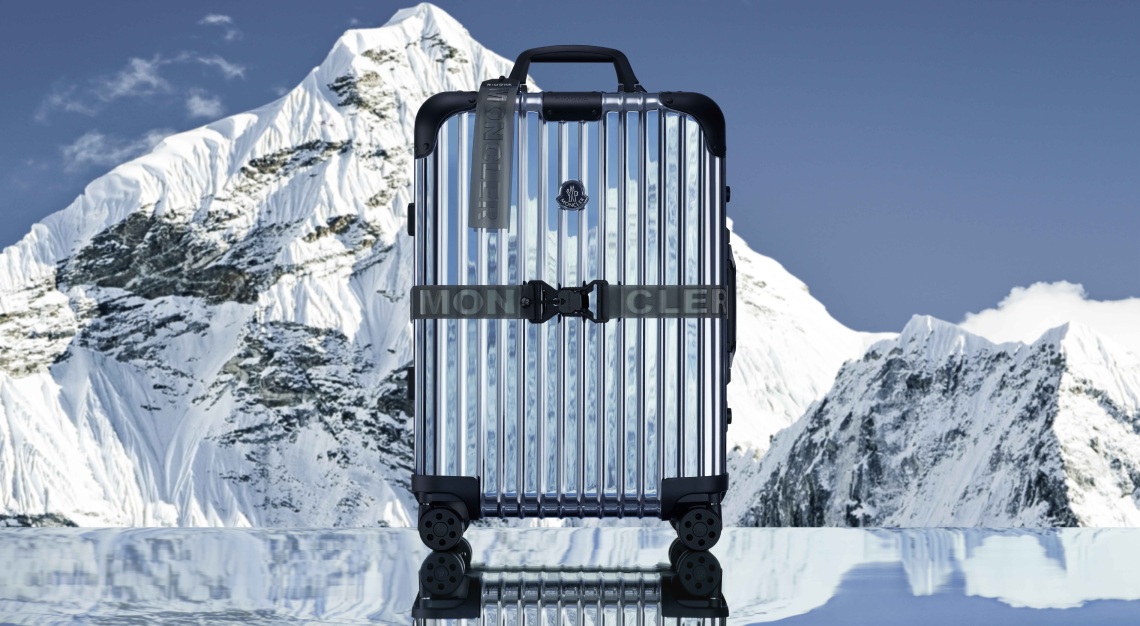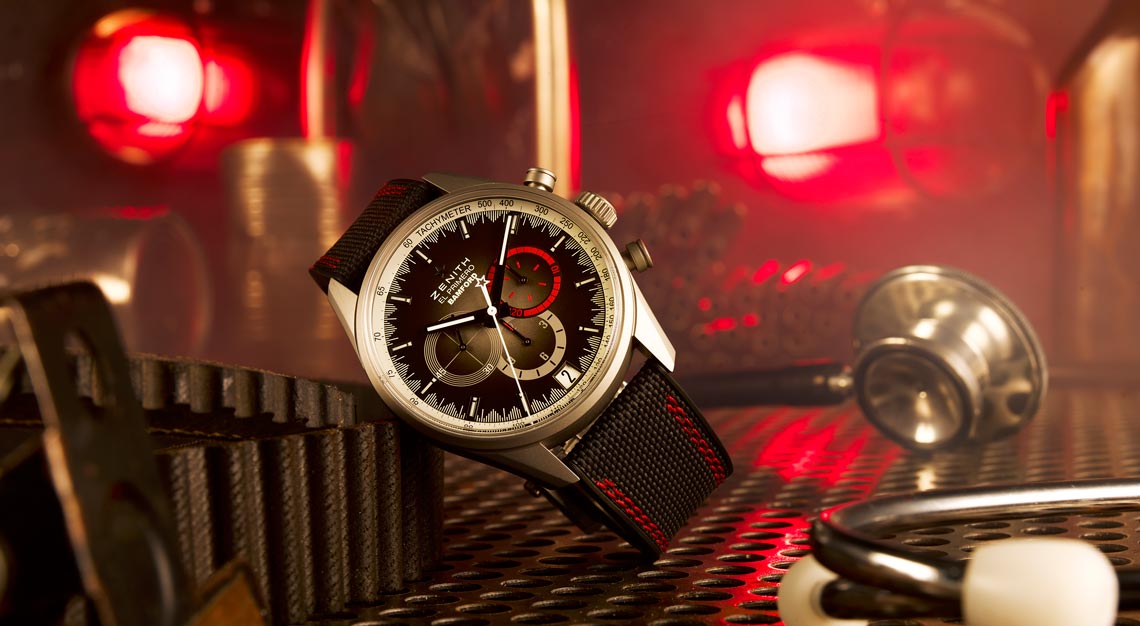Seit 1898 debuted in Tokyo in June. It will move on to Shanghai in December, before arriving in Cologne in spring 2024, the birthplace of the company, for a fitting finale

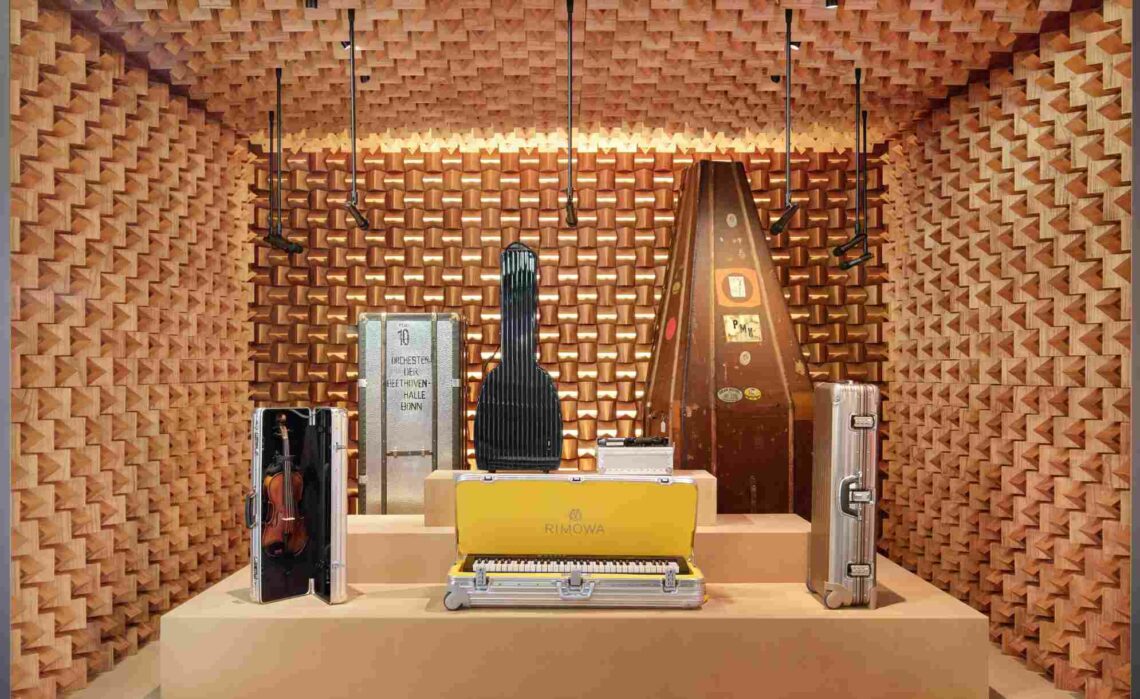
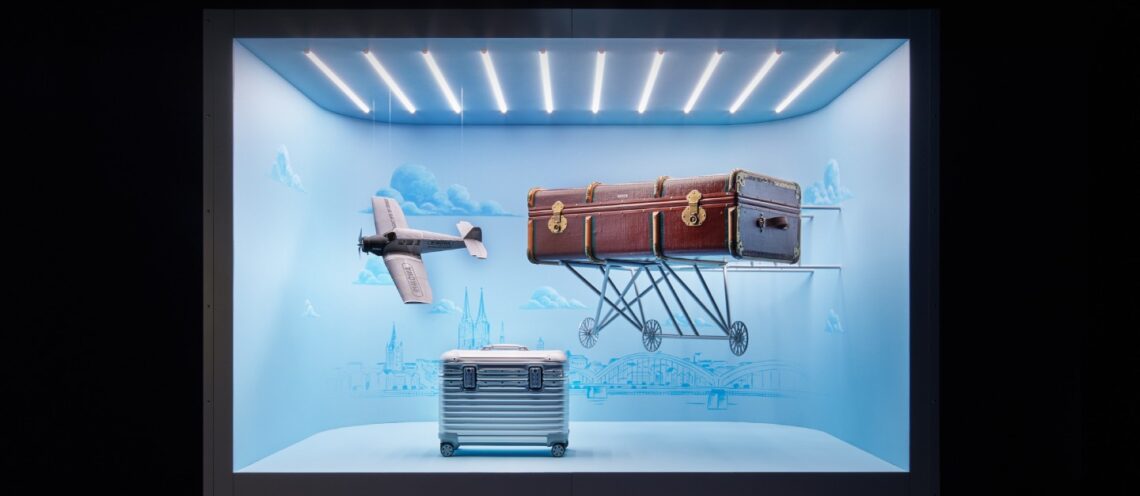
You cannot miss them: Rimowa’s grooved beauties that are wheeled across airport lounges, airborne for thousands upon thousands of miles, before arriving just as impeccably as they departed.
The Rimowa luggage, recognised by its iconic grooves that recall the fuselage of early aircraft, has become ubiquitous now. It as much a universal symbol of luxury travel for celebrities and the jet-set as it is a safe and reliable companion for intrepid adventurers. And, like any iconic creation, the rise of Rimowa is rich with the histories and stories of people and places that contribute to its legacy.
Rimowa, which celebrates its 125th anniversary this year, is retracing its incredible history with a three-stop travelling exhibition. Called Seit 1898, the commemorative showcase debuted in Tokyo in June. It’s made its way to New York this month, and will move on to Shanghai in December, before arriving in Cologne in spring 2024, the birthplace of the company, for a fitting finale.
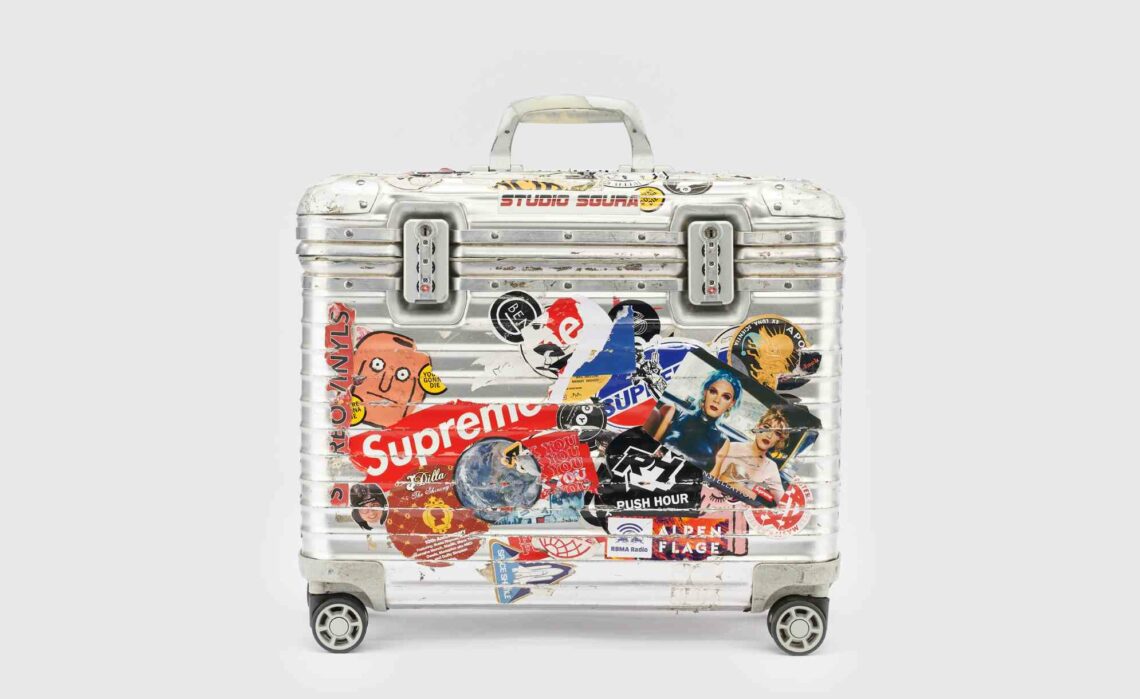
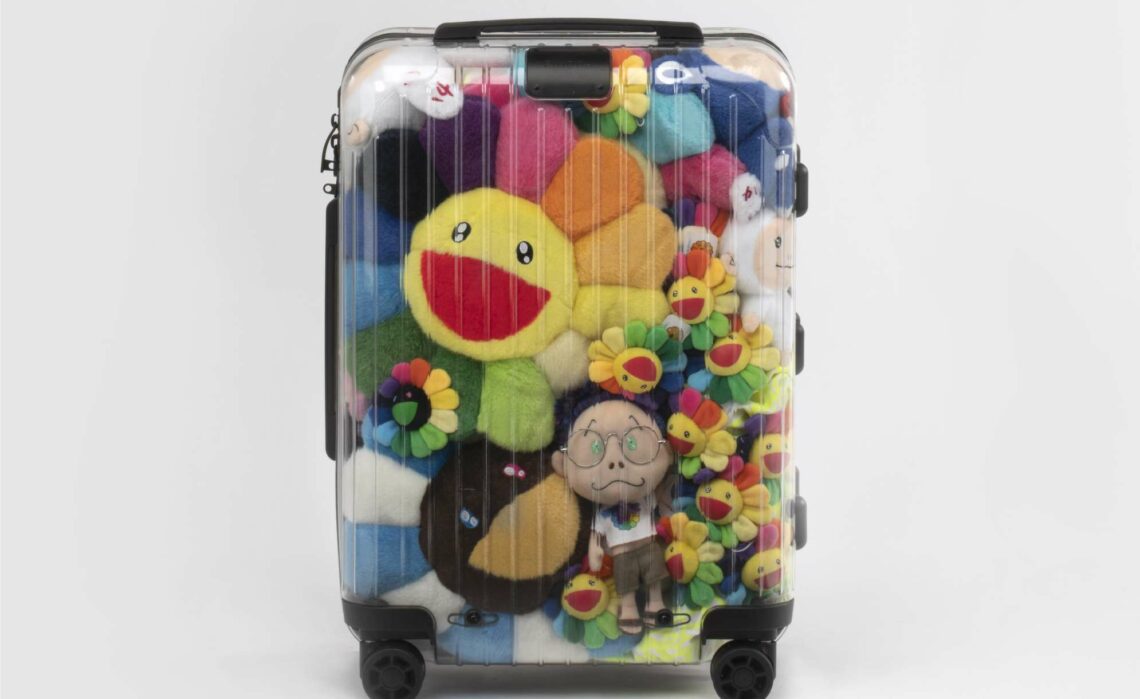



Live to travel
Commercial aviation had yet to take off in a major way when Rimowa was founded in 1898. Yet, the company’s founder, Paul Morszeck, was so fascinated by its potential, he believed that making luggage for the rigours of aviation would be a lucrative business.
Morszeck crafted the first Rimowa cases in aluminium, a material that was tough and light in equal measure. Little could he have predicted that his early creations would prove to be among the most enduring and iconic in Rimowa’s catalogue.
Today, Rimowa’s battered aluminium luggage have become travel trophies of sorts; owners have put them through the paces and then proudly exhibit their dents and scratches like hard-won battle scars. One only needs to check out the used pieces owned by rocker Patti Smith and DJ Peggy Gou—both exhibited at Seit 1898—to have a sense of how the Rimowa luggage was woven into the musicians’ respective personal journeys.
In fact, at Seit 1898 in Tokyo, visitors who fancied a bit of celebrity luggage-spotting had their curiosity satiated. On display were privately owned luggage belonging to the likes of Takashi Murakami, Pharrell Williams, Hiroshi Fujiwara, Billie Eilish, LeBron James and Roger Federer, among others. From Murakami’s colourful luggage decorated to look as if it is stuffed with soft toys to Federer’s pristine aluminium case plastered with stickers of his favourite cities, each luggage truly expresses the personality of its owner.
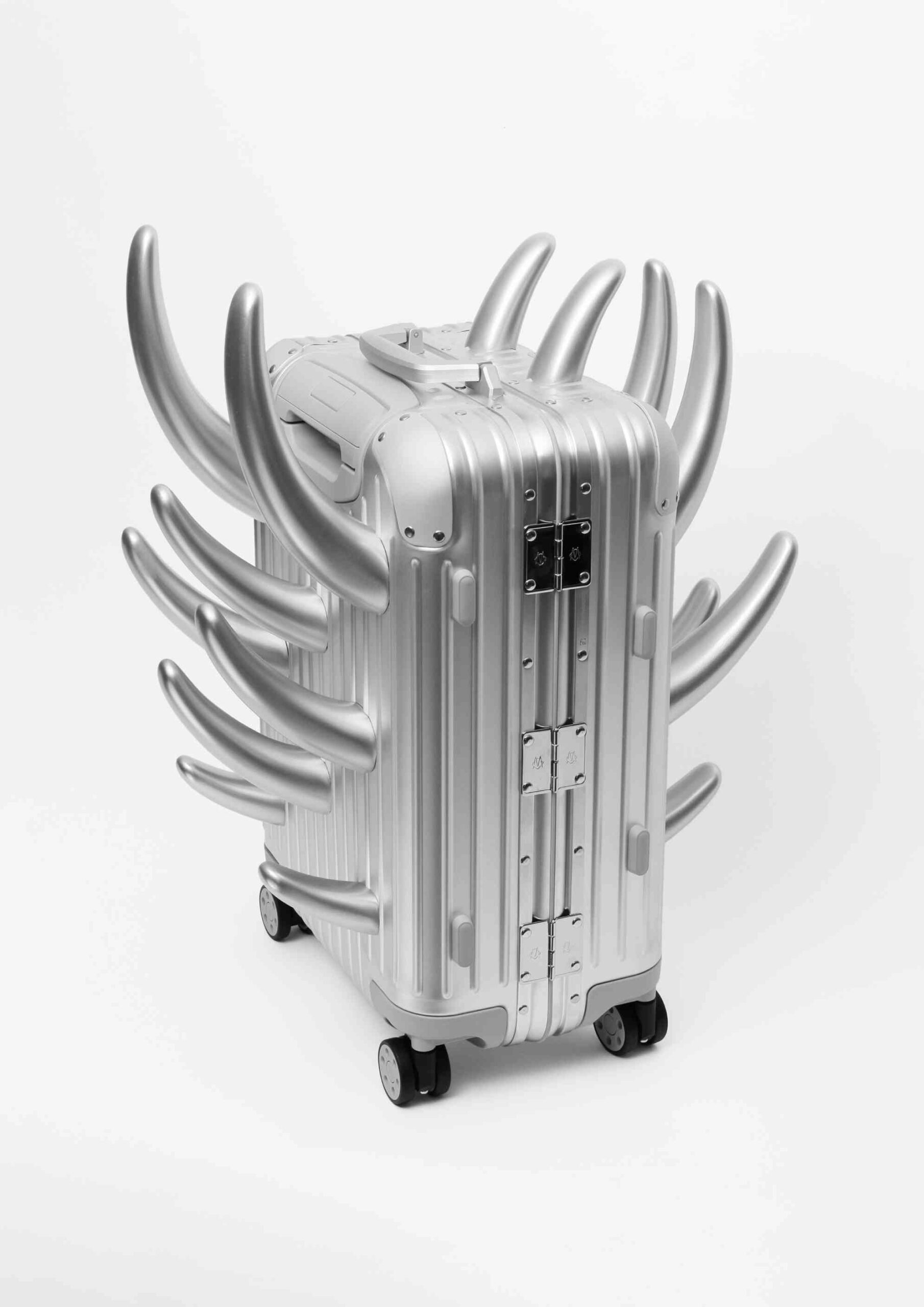
Just as its luggage charted the travels of its customers, Rimowa, too, has borne witness to the evolution of aviation. From the birth of large-scale commercial aviation to the emergence of luxury globetrotting, to the current resurgence of post- pandemic air travel, the brand has evolved with the times.
In 2000, Rimowa debuted an epochal range of luggage made of polycarbonate, an ultra-tough and lightweight synthetic material. The new case construction was an immediate success. Desired by modern travellers for its robustness and convenience, it is now featured across the brand’s diverse collection of suitcases, from cabin-sized luggage to extra-large trunks.
Polycarbonate can also be processed to a colourful sheen, which essentially transformed the travel accompaniment into a bona fide creative canvas. At Seit 1898, visitors can marvel at examples of how brands such as Off-White and Dior have elevated the Rimowa luggage into fashion statements.
From milestone innovations, to storied luggage sprinkled with celebrity stardust and fascinating bespoke cases for poker sets and Stradivarius violins, the exhibits at Seit 1898 are a treasure trove of Rimowa’s history. More importantly, they remind us that it is not just the destination, but why and how we travel that matter most.
Rimowa Stores
333A Orchard Road,
Mandarin Gallery 01-11
Singapore 238897
2 Bayfront Avenue,
The Shoppes at Marina Bay Sands,
B2M-217/218
Singapore 018972



